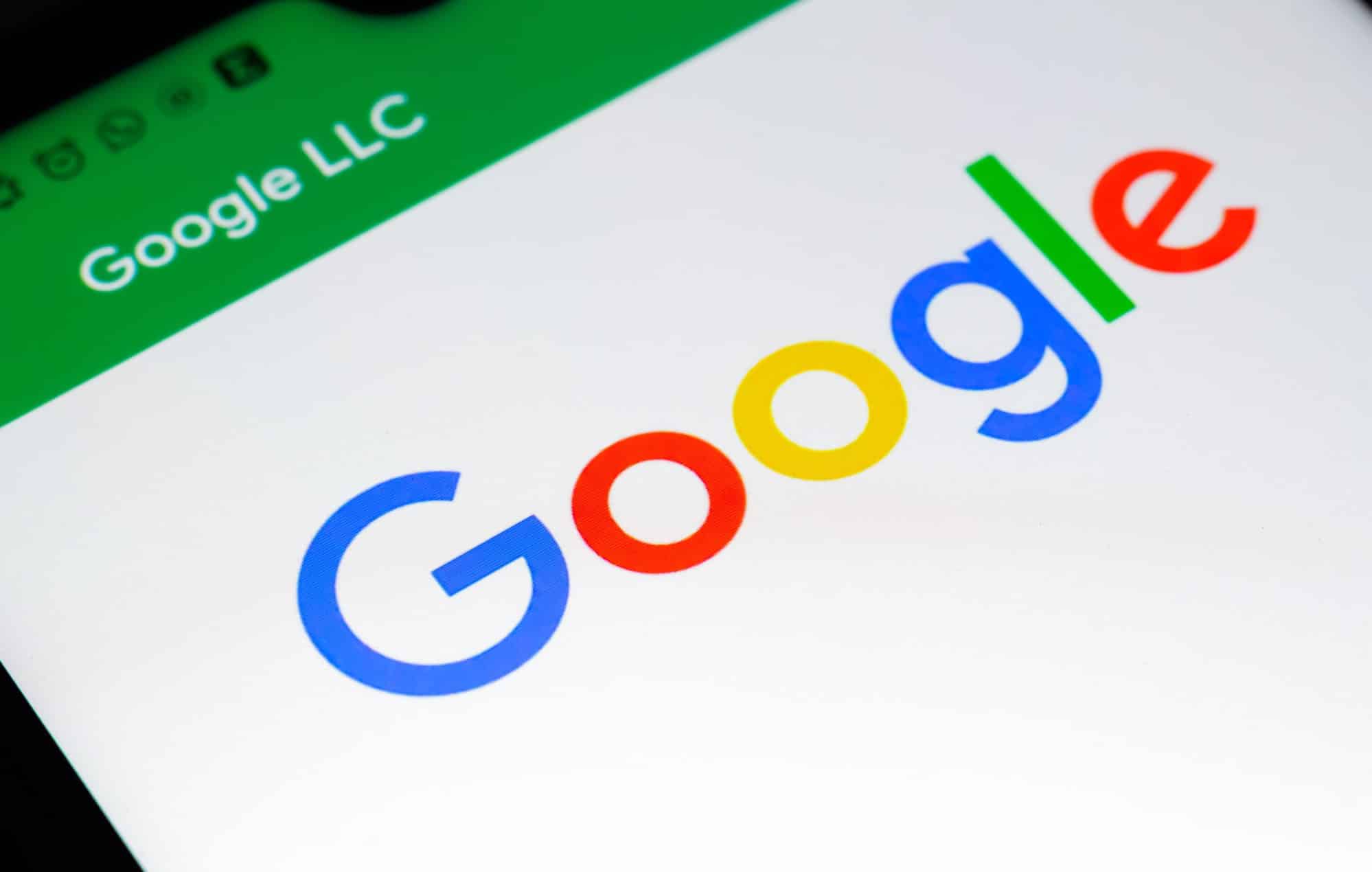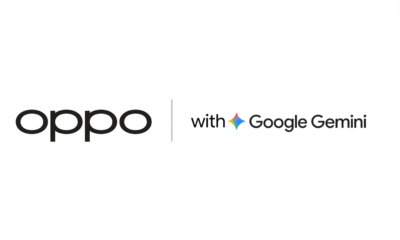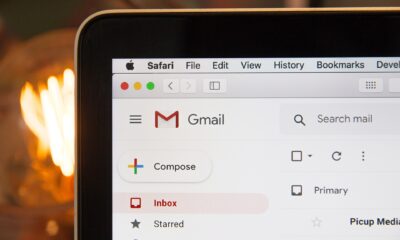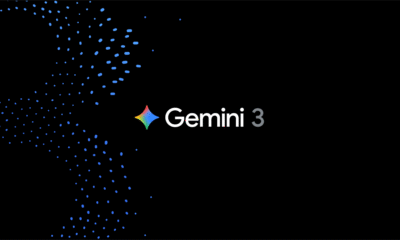Technology
Google introduces ‘hum to search’, users can now whistle and sing to app
Google has introduced ‘hum to search’ feature, allowing users tp hum, whistle or sing a melody to the app, which then tracks down the song. To use this feature, users have to tap on the mic icon on the Google app and say ‘What’s this song?’ or click the ‘Search a song’ button. They can then hum or sing the tune for 10 to 15 seconds.
The search engine’s AI algorithms try to identify the potential song matches and display the most likely options based on the tune. Users can select the best match and go through information on the song and artist. They can also scout through the accompanying music videos or listen to the song on a music app, and find lyrics. The new feature will be available to users in English on iOS and in more than 20 languages on Android.
Krishna Kumar, Senior Product Manager Google Search, in an official blog post explains the new feature that a song’s melody is like its fingerprint – they each have their own unique identity. “We have built machine learning models that can match your hum, whistle or singing to the right ‘fingerprint’. When you hum a melody into Search, our machine learning models transform the audio into a number-based sequence representing the song’s melody,” Kumar said. “Our models are trained to identify songs based on a variety of sources, including humans singing, whistling or humming, as well as studio recordings. The algorithms also take away all the other details, like accompanying oninstruments and the voice’s timbre and tone. What we are left with is the song’s number-based sequence, or the fingerprint.” Kumar points out that they compare these sequences to thousands of songs from around the world and identify potential matches in real time. “For example, if you listen to Tones and Is Dance Monkey, you will recognize the song whether it was sung, whistled or hummed. Similarly, our machine learning models recognize the melody of the studio-recorded version of the song, which we can use to match it with a person’s hummed audio.”
Google has been building on its music recognition technology. In 2017, it launched the Now Playing on the Pixel 2, and in 2018, the search engine brought the SoundSearch feature in the Google app.










































Pingback: Alphabet develops new brain-monitoring hardware to monitor depression | The Plunge Daily